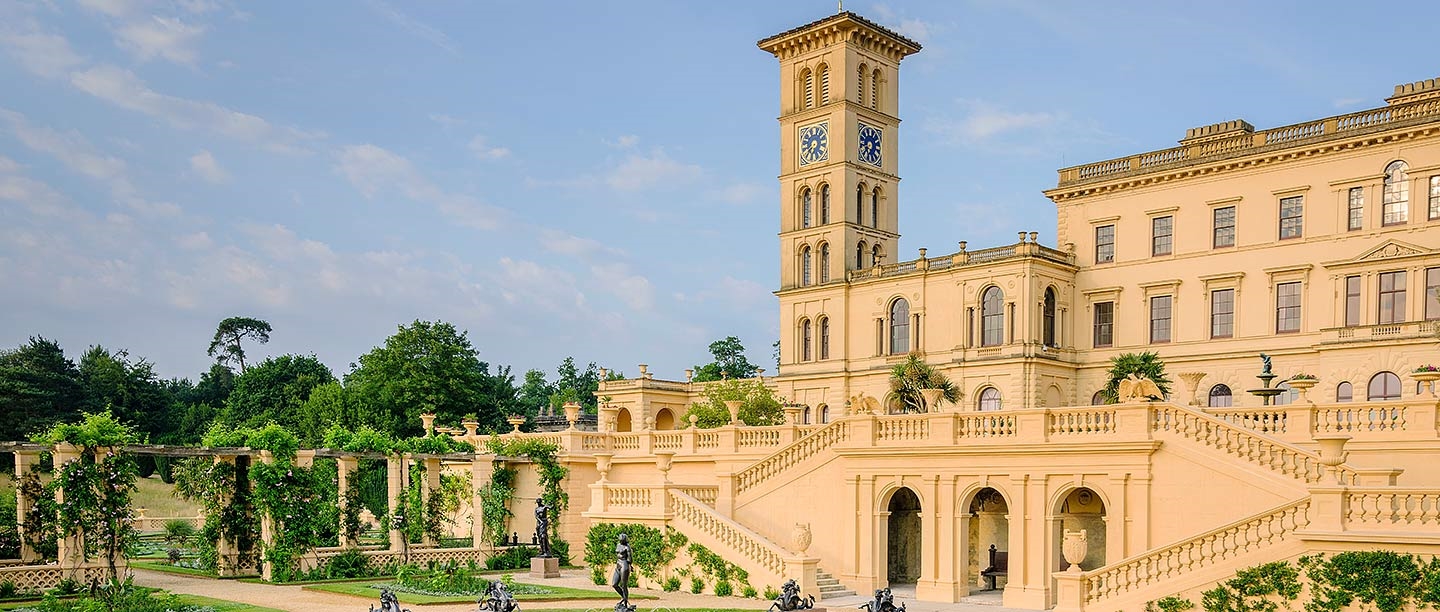EXPLOSIVE FORCES
When the 18-year-old Victoria came to the throne in 1837, victories over Revolutionary and Napoleonic France had increased Britain’s influence and standing abroad.
But there were intense pressures too. A rising population, rural unemployment, and migration to the towns, together with the horrendous conditions in which many people lived and worked, meant that the country’s often archaic political system and ways of organising itself were coming under immense strain.
This conflict between a small, conservative state and the explosive forces of change unleashed by the Industrial Revolution, continued throughout Victoria’s reign.
Read more about Queen Victoria
POLITICAL CHANGE
England was already in the throes of limited reform: of Parliament, the treatment of Catholics, the way poverty was dealt with, and how the Church was run. To survive, the Tories reinvented themselves as Conservatives under the leadership of Sir Robert Peel. The Liberals gradually emerged from the old aristocratic Whig Party. For both parties, low taxation and minimal state interference were the watchwords.
Ever pragmatic, England thus avoided the turbulence that swept over the Continent during the ‘age of reform’ that culminated in the year of revolutions, 1848. By contrast, England saw only the Chartist movement – democratic in its aims for reforms to the electoral system, peaceable and moderate in its approach. Nevertheless it was ruthlessly quashed, and the extension of the right to vote beyond a small élite was achieved only slowly.
FAMINE AND INDUSTRIAL REVOLUTION
The 1840s, which saw years of poor harvests, were known as the Hungry Forties. Most catastrophic of all was the Irish Famine of 1845–9, during which well over a million people died and some two million emigrated. Initially caused by potato blight, the famine was exacerbated by the British government’s laissez-faire policy of economic non-interference.
It was particularly shocking that this could occur in a land governed by Britain, supposedly the most progressive and prosperous nation in the world.
At the same time the pace of change, already fast, was quickening thanks to a revolutionary expansion in communications. The growth, from the 1840s onwards, of railway and steamship networks – combined with the invention of the electric telegraph – underpinned Britain’s economic success.
In 1851 the Great Exhibition was held in London. The next two decades and beyond saw a tremendous economic upswing. For the first time in history, population growth and economic expansion went hand in hand.
EMPIRE
The idea that Britain’s foreign policy during the period was one of isolation is often misunderstood or overestimated. As the empire expanded, British soldiers in fact fought wars in almost every year of Victoria’s reign.
The empire over which the sun never set consisted not only of the colonies of conquest and settlement – with India the jewel in the imperial crown – but also of a vast informal empire of free trade, within which British investors and traders dominated foreign markets.
By the 1880s, when Britain responded to international competition by scrambling for new colonies in Africa alongside its European rivals, imperialism had become a matter of national policy. In 1901 the British Empire extended over about one-fifth of the earth’s land surface.
At the same time, empire had become a source of pride for most British people, and its influence was felt in daily life in numerous ways: the increasing range of raw materials and foods available; the prevalence of members of the armed forces and colonial service in Victorian society; and the great many people who went to sea, emigrated, or had relations who did.
LONDON
London loomed large in the Victorian imagination as a metropolis of vice. With its many newspapers, journals, periodicals and circulating libraries, it also became an inspiration for literature (most notably, of course, for the novels of Charles Dickens) as well as a place where it was created and consumed in vast quantities.
It was also the greatest city and port in the world, and not to mention centre of commerce and culture, in the world. As the seat of the court and of society, it was increasingly a magnet for the rich of Europe, and later North America.
INTELLECTUAL PROGRESS
Georgian and Victorian Britain saw, arguably, more extraordinary intellectual progress than any previous age since ancient Greece. The advances achieved in science, technology, engineering and medicine were staggering.
This was an age that changed the way human life was perceived. Great scientific leaps often resulted in a crisis of religious faith. Yet it was also an age that saw the greatest burst of church building and foundation of charitable institutions since the Middle Ages.
Victorian culture, particularly its art and architecture, was often rather conservative in its outlook – perhaps understandably. This was, after all, a society in the grip of more convulsive, complex and disturbing change than had been experienced by any previous culture in human history.
Victorian Stories
-
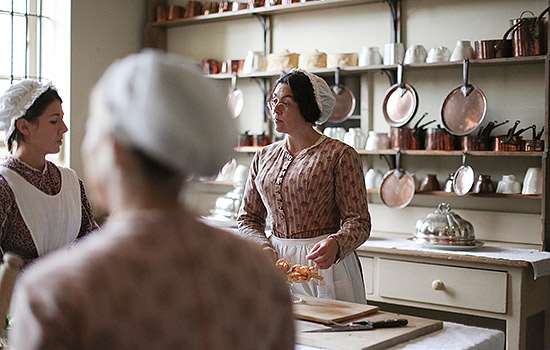
Below Stairs at Audley End
What were Victorian servants’ lives like? Discover the stories of the men, women and children who worked at Audley End House, Essex, in the 1880s.
-
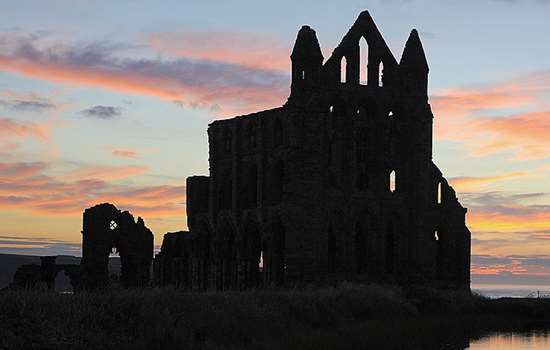
How Dracula Came to Whitby
How Bram Stoker’s visit to the town of Whitby provided him with atmospheric locations for a Gothic novel – and a name for his famous vampire.
-
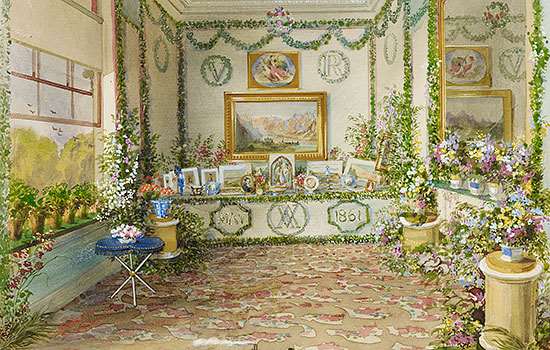
Birthdays at Osborne
Find out how Queen Victoria and Prince Albert celebrated their birthdays, and what the gifts they exchanged tell us about their private lives.
-
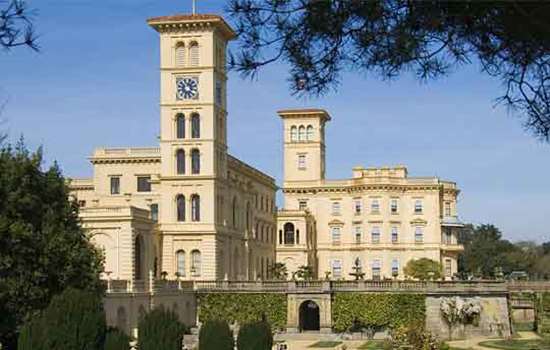
The ‘Osborne Style’: From Naples to Melbourne
How Osborne House’s Italianate design – the inspiration of Prince Albert – came to be imitated in public buildings throughout the British Empire.
-
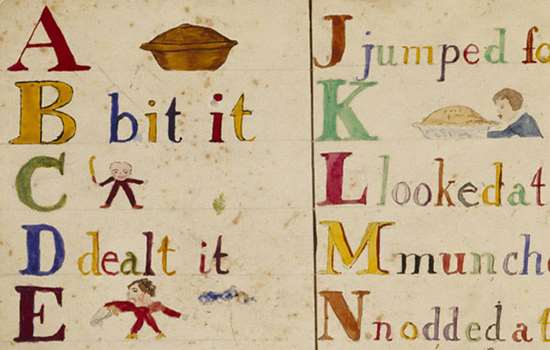
The Darwin Family at Down House
How Charles and Emma Darwin’s children were both seen and heard during their surprisingly boisterous childhood at Down House in Kent.
-
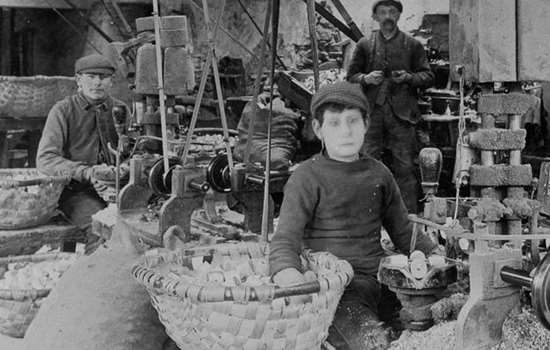
Child Labour in the Lake District
Stott Park Bobbin Mill is located in an idyllic spot, but life was far from ideal for the ‘bobbin boys’ who worked there in the 19th century.
-
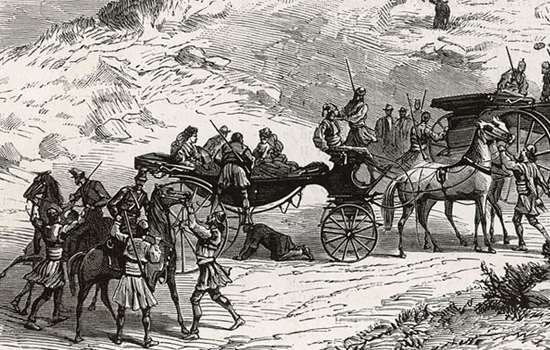
The Dilessi Massacre and a Gothic Revival Masterpiece
How the death of a young English aristocrat taken hostage in Greece inspired the building of St Mary’s Church, Studley Royal.
-
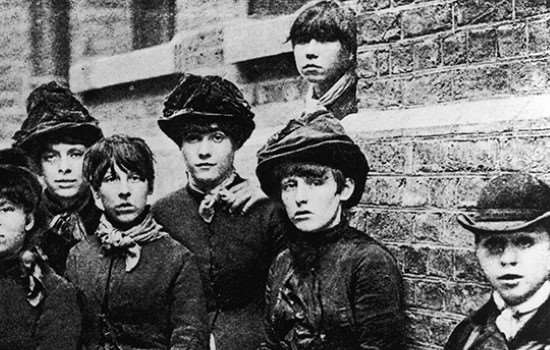
The Match Girls’ Strike
Read about one of the most important strikes in modern British history, which took place at the Bryant and May match factory in 1888.
More about Victorian England
-
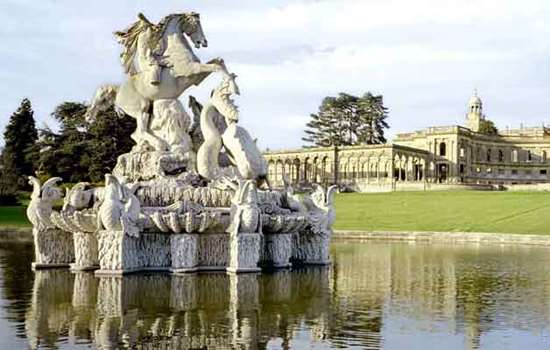
Victorian Architecture
The architectural profession is largely a Victorian creation. From the 1820s, architects began to experiment with a profusion of styles.
-
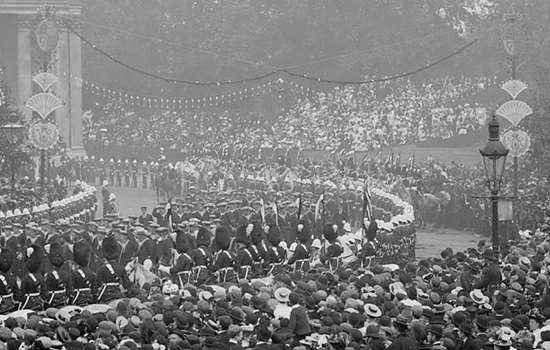
Victorian Power and Politics
Although England in the late 1830s was still ruled by a propertied upper class, there had long been a degree of social mobility.
-
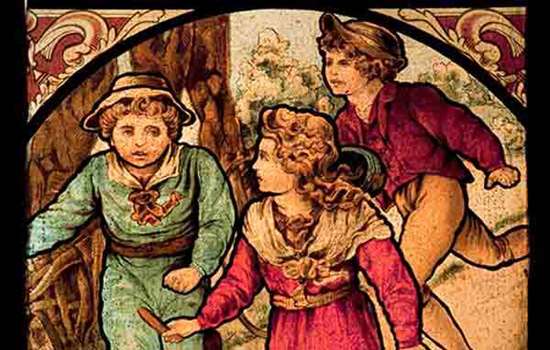
Victorian Daily Life
Although the Victorian era was a period of extreme social inequality, industrialisation brought about rapid changes in everyday life.
-
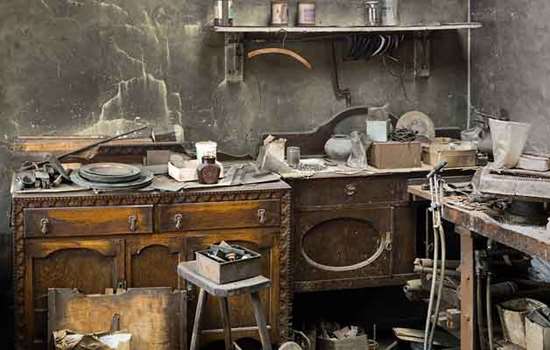
Victorian Commerce
Overseas trade and an extensive commercial infrastructure made Britain in the 19th century the most powerful trading nation in the world.
-
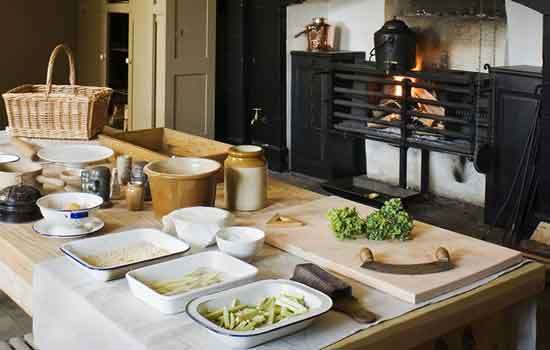
Victorian Food and Health
In the Victorian period the growth of the railways made it possible to transport food to markets. But there was still no cure for most diseases and life expectancy remained low.
-
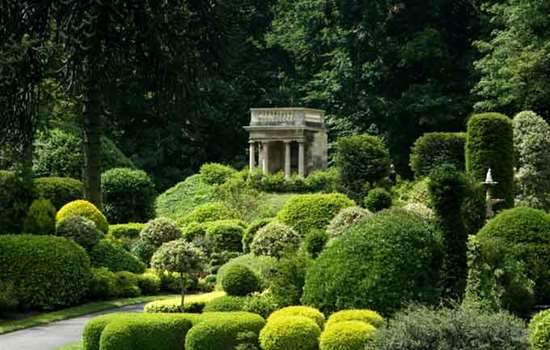
Victorian Parks and Gardens
An extraordinary number of innovations in the study and cultivation of plants were made during the Victorian period. Meanwhile, gardening became a national obsession.
-
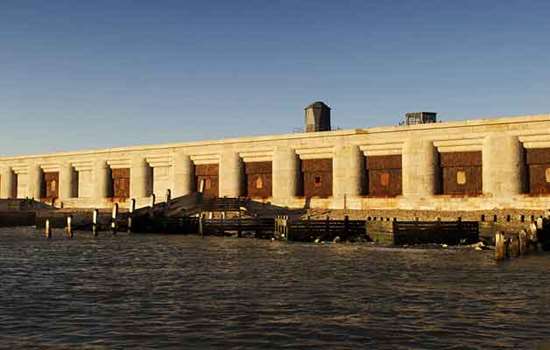
Victorians: War
Victorian Britain was both the greatest power in the world and the least militarised. Its military shortcomings were starkly revealed by the disastrous Crimean and Boer Wars.
-
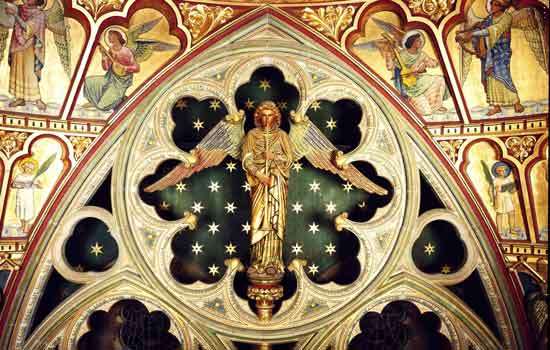
Victorian Religion
The Victorian era saw the Church of England become increasingly only one part of a vibrant and often competitive religious culture.
